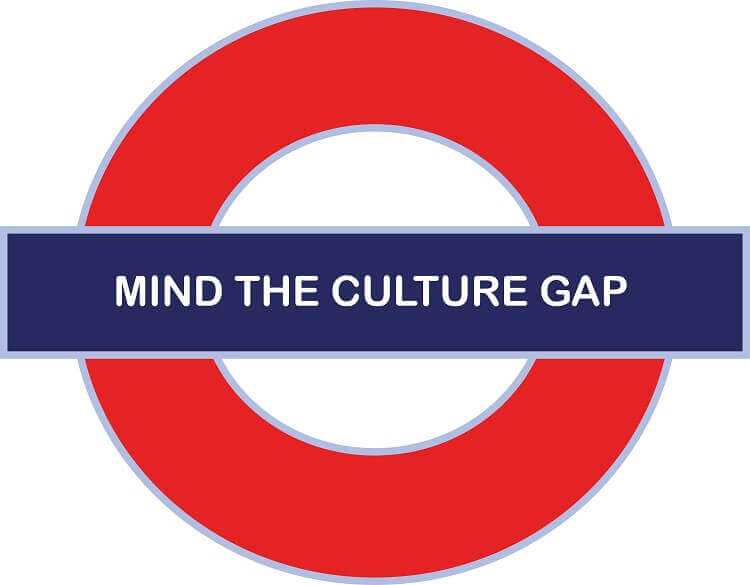Unconscious bias is just that. Unconscious. I talk about it a lot when using the tool Predictive Index, when coaching, when discussing emotional intelligence, and of course, when discussing DE&I. But as much as I talk about it, and teach about it, I still get blown away when I see it in action.
I am a strong female leader. I pride myself on being able to speak truth to power. To hold up the mirror to the most senior of leaders, and honestly, hold my own with a room full of male executives. I have a loud voice, a firm handshake, and a pretty kick-ass career journey which helps with confidence and self-esteem. Don’t get me wrong – I have my fair share of imposter syndrome, but that helps keep me fresh and learning.
So when male unconscious bias rears its face in mine, I’m surprised. But maybe I shouldn’t be. Here’s what happened just the other night...
I was at a dinner table at a lovely restaurant (don’t worry – we were outside) with the largest group of people I’ve been with in over a year. Most of the people there knew some (not all) of the other people. Including me. But it was a business dinner, so nothing new there. I was the only woman at the table. THE ONLY WOMAN out of 14 people – most of them very successful businessmen. As I mentioned, I have had a long career where I’ve been surrounded by successful men – not only don’t I mind, but I also actually enjoy it. I like men and feel comfortable with them.
So I’m at the table, eating, talking, learning. And then a new person comes to join – and sits at the other end of the table. I didn’t know him. After dinner, everyone is still comfortably at the table when this new person that I didn’t meet prior to the dinner gets up to leave. He makes his way around the table to say goodbye to everyone. Those that he didn’t know, he made it a point to stop, introduce himself, say a few words, and then move on to the next. He didn’t know the person two down from me, so I saw him do that. He then said goodbye and shook hands with the person next to me. And then he skipped me completely and made his way to the person on the other side of me (who is the person I happened to know best at the table). He continued to move around the table shaking hands and intermittently introducing himself until he made his away all the way around, and then headed out.
I wasn’t angry, or even disappointed. But, I was surprised. I waited for the other men at the table to make a comment. For someone to say “isn’t it weird he didn’t introduce himself to Alicia”, or even for someone to comment “I’m sorry I didn’t introduce you to him.” Nothing came. No comment, no mention and honestly, nobody noticed. UNCONSCIOUS bias.
The next day I had a meeting with the colleague that was sitting to my left. I asked him if he noticed the situation. He didn’t. I waited for him to get defensive. He didn’t. He asked a few questions “are you sure he introduced himself to X, because he didn’t know X”. “Yes, I said, he did.” The point is not whether or not I was introduced to him. The point is not even that he skipped me. The point is more that nobody else noticed. Here’s what I’m thinking about:
- Did the man that didn’t introduce himself think I was someone’s wife? Or administrative assistant, and therefore less important?
- Would anyone have noticed if he didn’t introduce himself and say goodbye to one of the men?
- If I was a man, would someone have introduced him to me in the first place?
Am I making a mountain out of a molehill? Actually, I’m not making a mountain out of anything. I haven’t spent time talking about it, or letting it get under my skin. Yet, it’s still sitting there, right on the surface, so I thought I owed it some reflection time.
If I continue to be silent when things like this happen, part of the problem is me. To the rest of the table, this was UNCONSCIOUS. I don’t think they saw it or noticed. And if they did, they didn’t think it was a big deal (it really wasn’t – unless you look at the macro point)…but how can anything change if people that need to see things don’t see them?
It begs a bigger picture question – what am I not seeing? What is happening to other people, in front of my eyes that I don’t see because of my perspective, my frame of reference, my privilege or my unconscious bias? So, here is the call to action…if you see something, say something. Please think about it compassionately without judgment. Please say it empathetically. But please, say something. Otherwise, it will never become CONSCIOUS and until it is, it will never change.
UPDATE: Since the writing of this post, I have had subsequent conversation with a (male) friend that I thought was worth sharing:
Me: So…that’s what happened.
Friend: WOW, that is upsetting. He’s not usually like that.
Me: He wasn’t "like anything" – he literally didn’t notice that he was doing it, and nobody else did either.
Friend: What if he’s just shy around women, would that explain it?
Me: Um, no. Because what if I was just shy around men? What would that mean to my career? I would never be where I am.
Still, invisible.



















